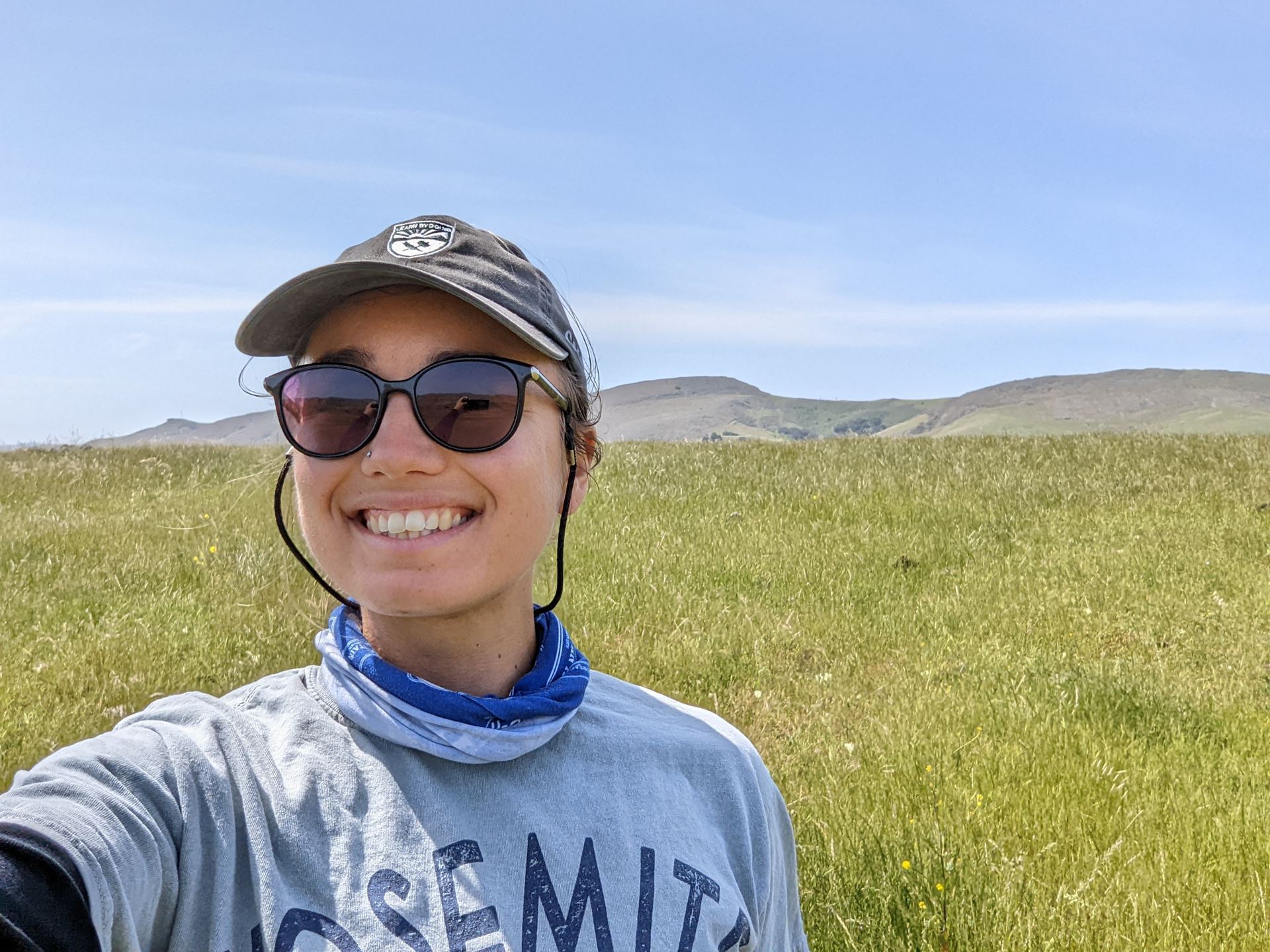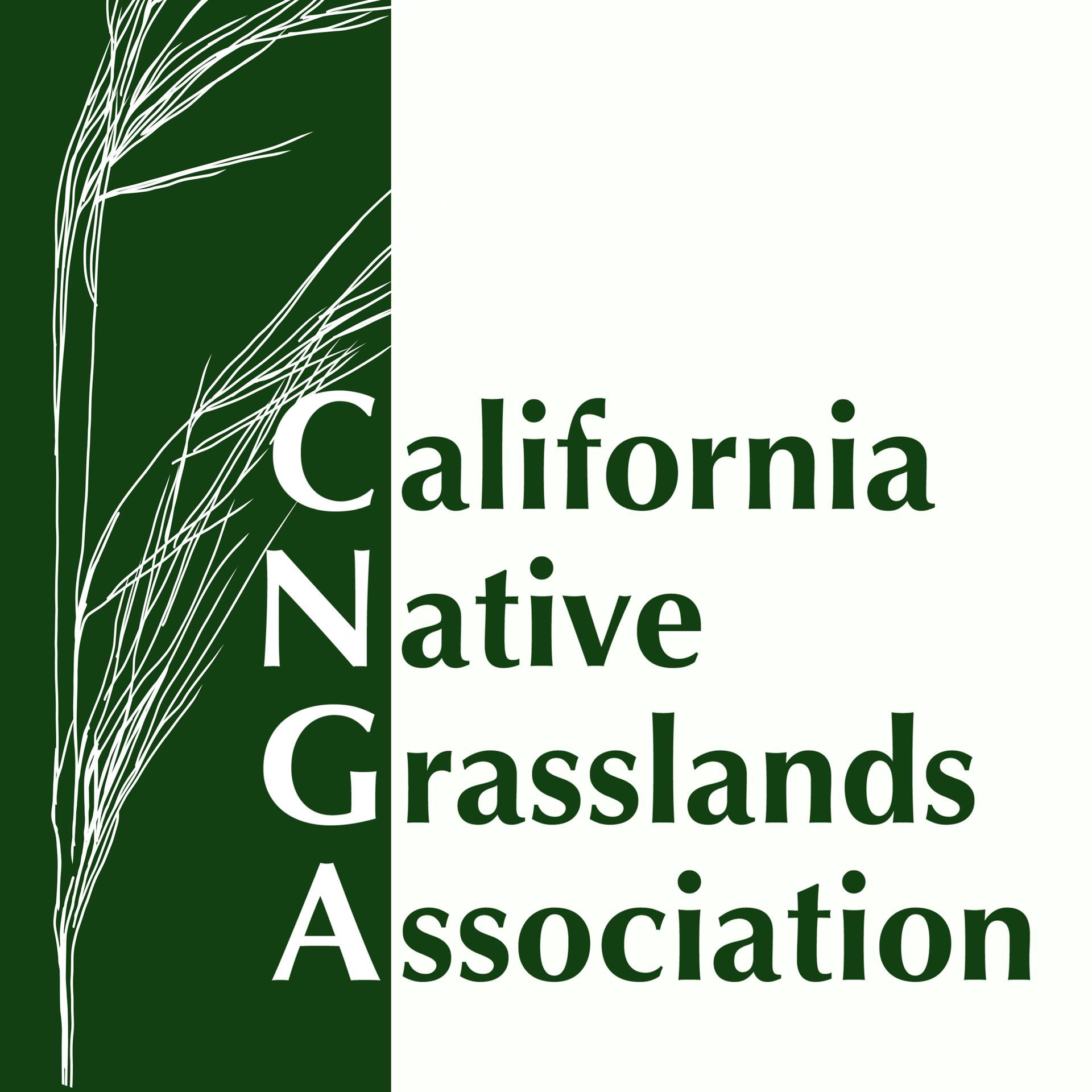California Native Grassland Association GRASS Award Speaker Series
Join us for the CNGA’s virtual speaker series which showcases the amazing work undertaken in California Grasslands by a few of our 2021 Grassland Research Awards for Student Scholarship Winners.
Talks are on Tuesdays from 7 PM - 8 PM PST featuring one 40-minute talk, or two 20-minute talks, with time for Q&A.
Members: Free Non-Members: $10 Non-Member Students: Free with Student ID
November 8, 7 pm – 8 pm
Nora Bales, Cal Poly SLO
Abundance of a rare plant increases with biocrust cover
Abstract: Purple amole (Hooveria purpurea var. purpurea) is a federally threatened geophyte with a limited range in grasslands along California's Central Coast in the Santa Lucia Mountains. Purple amole is only known from four populations, all on Department of Defense Lands. Prior field studies of purple amole have observed greater purple amole density in populations associated with biological soil crusts (biocrusts). Biocrusts perform important ecological functions in arid and semi-arid ecosystems worldwide, including soil stabilization, water retention, and nitrogen fixation. The objective of this study is to understand the relationship between purple amole density and biocrust presence, level of development, and diversity. 2020 field studies found a significant positive correlation between purple amole density and biocrust presence. Further field studies in 2021 found that surface-level processes are most significant in explaining the community composition of biocrust associated with purple amole, and that purple amole abundance increases with both biocrust cover and level of development. Previous management efforts have focused on strategies to increase purple amole reproductive output without considering other habitat parameters. Given this relationship, any future management, conservation, or restoration efforts for this plant must also consider biological soil crusts.
Bio: I am a soil science master's student at Cal Poly San Luis Obispo. I also attended Cal Poly as an undergrad, where I studied botany and ecology. I am interested in plant-soil interactions, biological soil crust, and restoration ecology, and I am studying how we can use our knowledge of the soil environment to aid in restoration efforts and rare plant conservation. My favorite California native grass is Danthonia californica.
Contact Justin Luong (jluong4@ucsc.edu) with any questions.
GRASS Speaker Series Schedule (Tuesdays 7PM PST, Sept 20 – Dec 6, 2022)
Nov 8 – Nora Bales (Cal Poly SLO)
Nov 15 – Rebecca Nelson (UCD)
Nov 22 – NO SEMINAR (THANKSGIVING WEEK)
Nov 29 – NO SEMINAR
Dec 6 – Ernesto Chavez-Velasco (Point Blue) and Landin Noland (UCD)
Help Support Student Research - Donate to the GRASS Program
CNGA's GRASS Program:
- Focuses student research on important grassland-related questions.
- Inspires students to become more involved in California Grassland Conservation and Restoration.
- Trains future employees for your agency or company.
- Creates advocates for California Grasslands
Learn More About GRASS - Applications Accepted Nov 1 - Jan 31

